The views expressed in our content reflect individual perspectives and do not represent the authoritative views of the Baha'i Faith.
If you live in the Western world, you may well have Buddhist friends. While there are about a third as many Buddhists as Hindus in the world, many more Westerners have become Buddhists. Why?
It certainly has to do with Buddhism being blessed with some very personable teachers and prolific writers: The 14th Dalai Lama comes easily to mind, as does the Vietnamese monk, Thich Nhat Hanh.
But it’s also because Buddhism has a more singular focus on one personality — Gautama Buddha — and thus may be easier for Westerners to understand.
RELATED: Baha’u’llah as the Future Buddha, Continued
Also, the Buddha’s life and teachings resemble the life and teachings of Jesus in some ways, and because Buddhism is generally viewed as a more peaceful religion than either Hinduism or the traditional religions of the Middle East, it may resonate more for Westerners who view it that way.
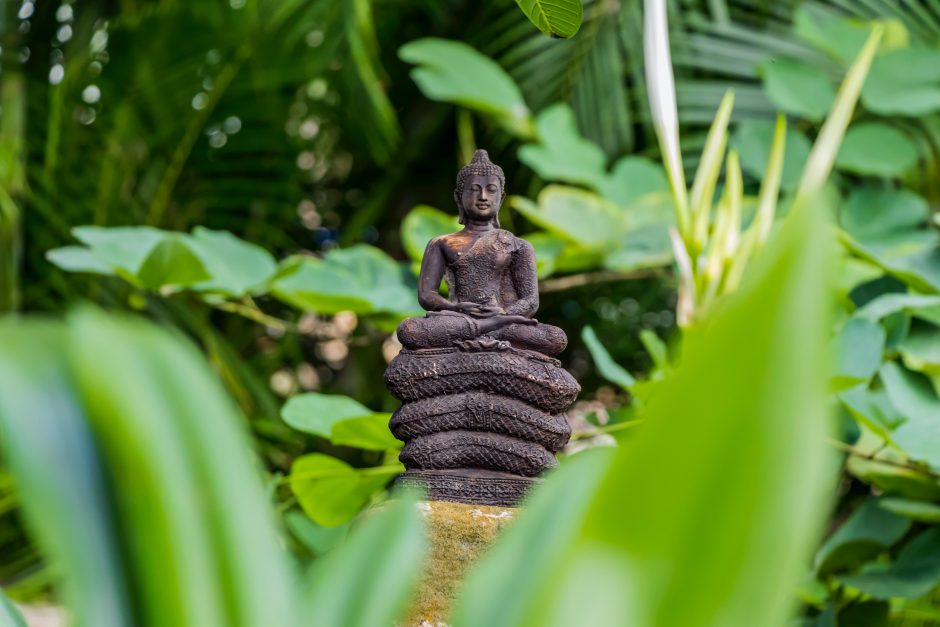
But however the growth of Buddhism has happened in the West, it’s important to understand that what your Buddhist friend believes may differ considerably from the faith and practice of some other Buddhists. Buddhism is not a single thing.
What, then, is Buddhism — and is it a part of the same divine plan that guides us all? These next few essays in our continuing series wrestles with those fundamental questions, and explore how a religion with scant reference to God can be part of the same plan as the more theistic religions.
The Baha’i teachings clearly say that Buddha established a wonderful new religion, and Baha’is revere Buddha and his teachings in the same way they revere Krishna, Abraham, Moses, Muhammad, and Christ. Abdu’l-Baha, in an address he gave in London, said “The real teaching of Buddha is the same as the teaching of Jesus Christ. The teachings of all the Prophets are the same in character.” Let’s look at some of those similarities, and differences, and see if we can understand them.
Early History and Texts
Siddhartha Gautama (sometimes spelled Gotama), the Buddha — which means the Awakened One — was born at Kapilavastu in Nepal during India’s Iron Age sometime around 500 B.C., give or take 100 years. Of his early life, a Buddhist scholar, L.S. Cousins, wrote in “A Handbook of Living Religions”:
The traditional life story handed down largely in common among all Buddhists is quite full. We may be fairly sure that it contains much accurate information of a historical kind. We are quite sure that it contains later elaboration and additions. What we often do not know is which is which.
Some of the stories told of the Buddha are clearly myths. But it is always easier to spot the myths of another religion than the myths of one’s own. The greatness of the myths, however, reveals the greatness of the Buddha in the minds of His followers. The Buddha was a great being and truly impressive.
As with the stories and holy scriptures of many other religions, the authenticity of Buddhist scripture and stories of the Buddha are sometimes disputed. Buddhist teachings were not written down until the first century before Christ — a period of at least 300 years from the time of the Buddha. The oldest texts were salvaged from Sri Lanka and were written in a language that has come to be known as Pali — although the word itself simply means “text.”
The Buddha did not speak Pali; he spoke Magadhi. Pali is a synthetic language, an amalgamation of several dialects, including the one the Buddha spoke, which is not spoken by anyone today except some Buddhist scholars and devotees. Sanskrit, the other language in which Buddhist text were first recorded, is spoken by very few, and is chiefly an ancient language studied by scholars and used in Hindu ritual and hymns. An approximate Western equivalent would be Latin.
Originally, the Buddha’s teachings were divided into eight categories (spellings below vary by source):
1. sutra (prose),
2. geya (prose and verse),
3. vyakarana (answers to questions),
4. gatha jataka (stories of past births),
5. udana (inspired utterances),
6. itivrttaka (memorable sayings),
7. vedalla (catechism) and
8. adbhutadharma (marvelous qualities).
Sometime after the Buddha’s death, a simpler categorization was effected and scripture was divided into three nikayas (“volumes” in Pali) or agamas (“scriptural collections” in Sanskrit):
1. The first volume is called the vinaya (in both Pali and Sanskrit) and it contains instruction about monastic discipline.
2. The second (called the sutta in Pali and sutra in Sanskrit) contains records of the Buddha’s public discourses or teachings (dhamma in Pali and dharma in Sanskrit).
3. Eventually a third volume appeared, called the abhidhamma in Pali and the abhidharma in Sanskrit, comprised of scholastic discourses on dharma and reflected different understandings of the Buddha’s teachings.
RELATED: Transcendence From This World: Buddhism and the Baha’i Faith
Together, these three huge volumes of scripture are called Tipitaka in Pali (tripatika in Sanskrit) — literally “three baskets.” Initially, many different versions were probably produced, but only two complete versions survived: one from the Sarvāstivāda school of Buddhism, which became dominant in northern India and central Asia; and one from the Sinhalese school that spread south and into southeast Asia.
However, no one really knows if these scriptures authentically represent the Buddha’s actual teachings. A sense of the immensity of this problem of scriptural authenticity can be gleaned from the awareness that the discourses alone (the sutta pitaka), which are broken down into five collections (nikayas) — the long (digha), middle-length (majjhima), connected subjects (samyutta), numerical (anguttara) and minor (khuddaka) nikayas — which add up to many thousands of pages, much longer than the Christian Bible, taking up at least 50 volumes in modern editions. Scholars agree that such a large volume of material could not be orally transmitted for hundreds of years without error before being written down.
Nevertheless, some of the Buddha’s teachings were originally transmitted in numbered oral structures that facilitated memorization and repetition. For example, Buddhists have:
- One dharma: the eternal and inherent nature of reality, and the path Buddha taught.
- Two pathways: one for lay-people and one for monks.
- Three baskets of scripture: one for the rules for monks, one for the discourses, and one commentary (the Abhidhamma).
- Three dharma seals: the teachings on impermanence, non-self, and nirvana.
- Four noble truths: life is full of suffering, the cause is attachment, suffering can end, the end to suffering is the way prescribed by the Buddha.
There are also five mental formations (contact, attention, feeling, perception, and volition) and five remembrances; six types of consciousness, seven factors of enlightenment, an eightfold path, twelve links of dependent origination, 18 realms (dhatus) and many, many other associations built on numerical patterns.
So, through these condensations of his teachings into simple numeric form, we have reason to believe that many of the basics of the Buddha’s teachings have been preserved. In the next essay in this series, we’ll examine those essential teachings.


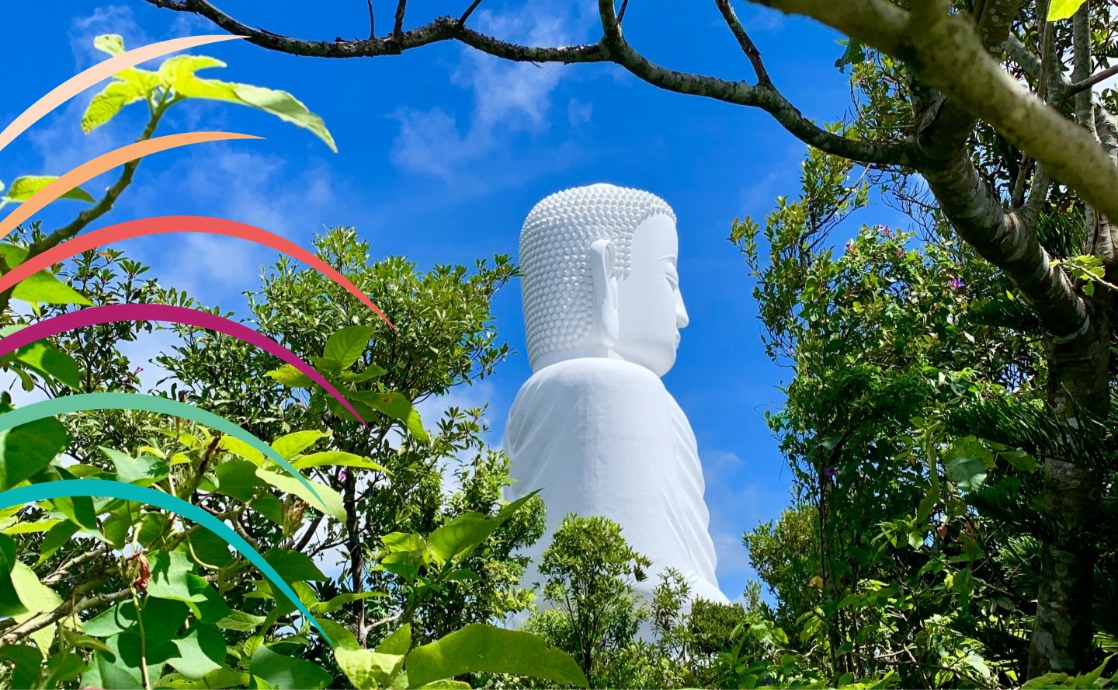

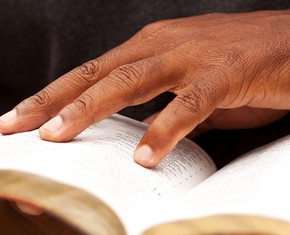





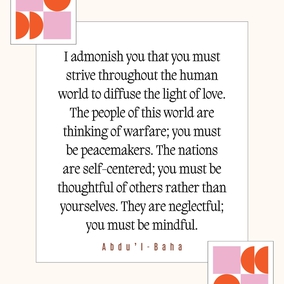
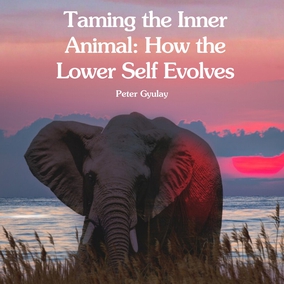


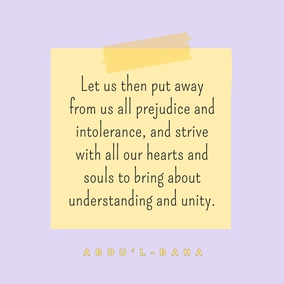

Comments
Sign in or create an account
Continue with Googleor